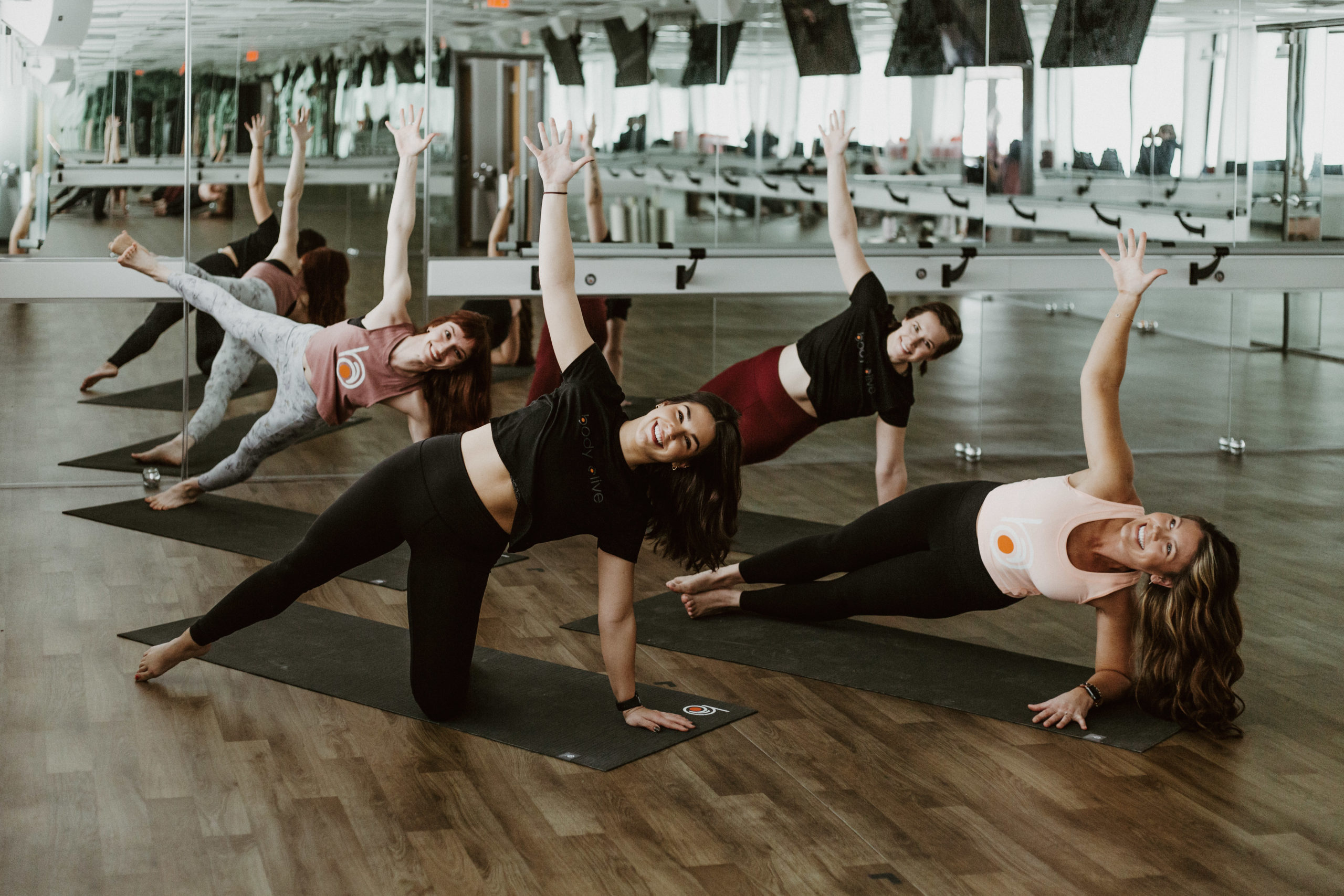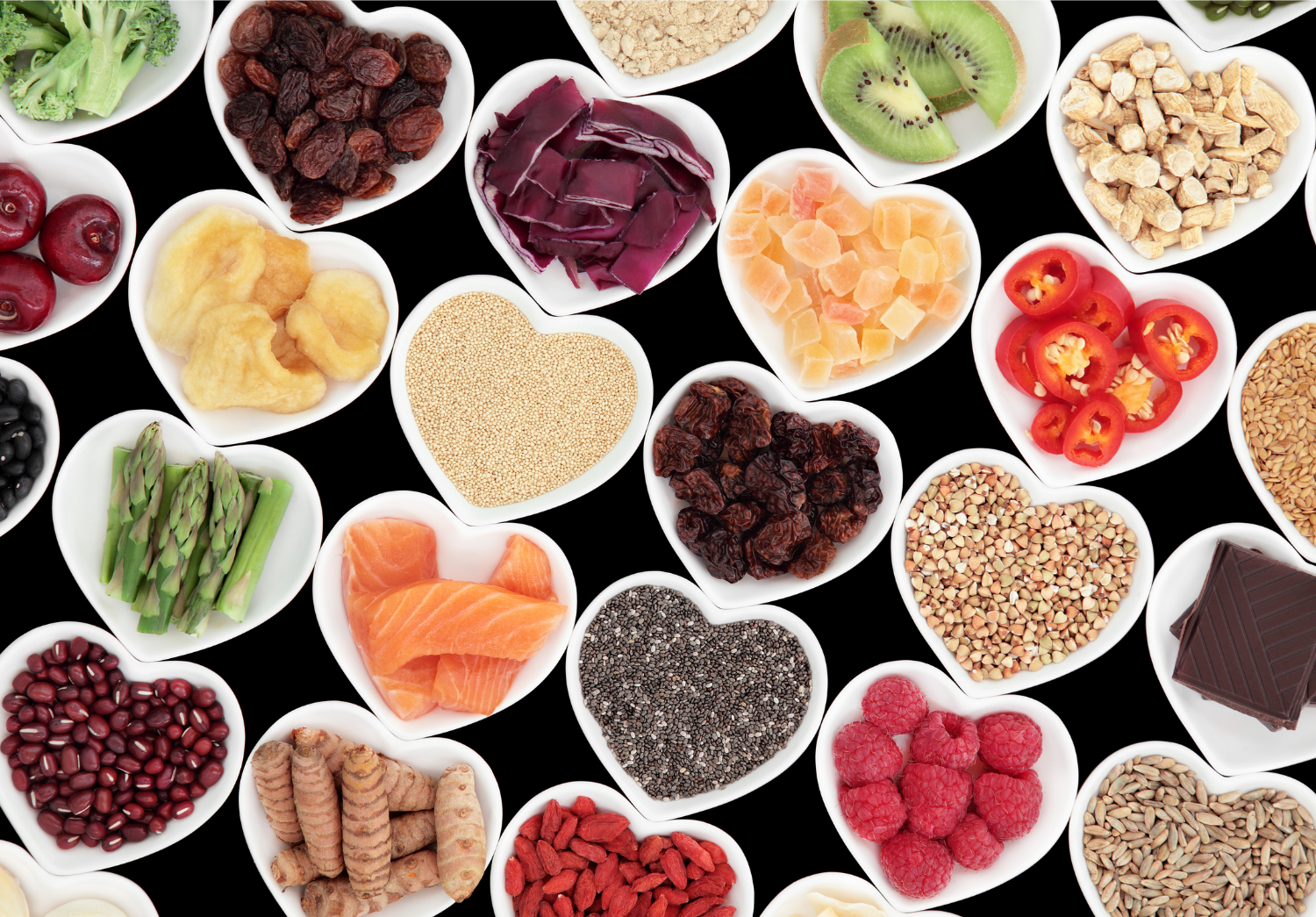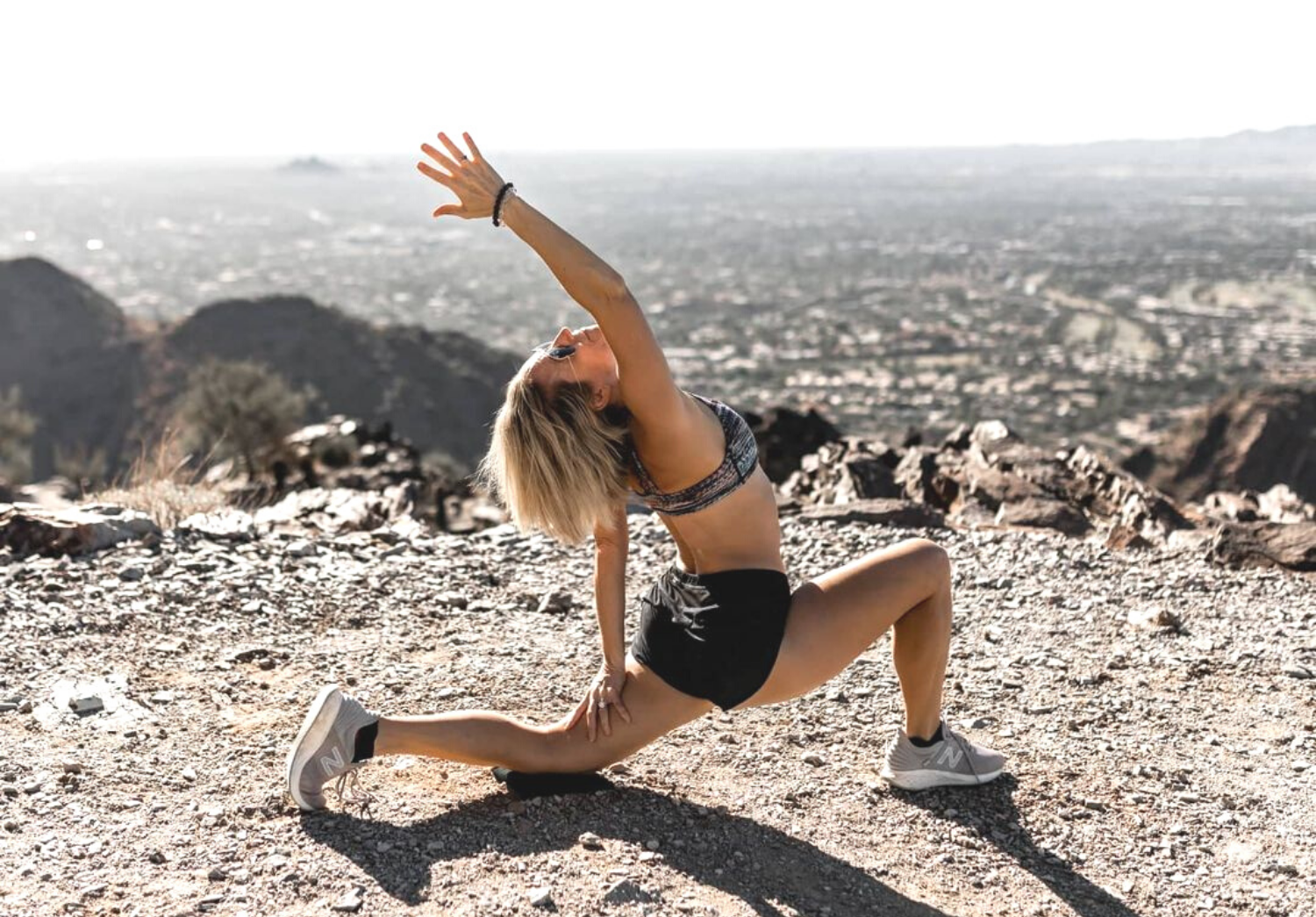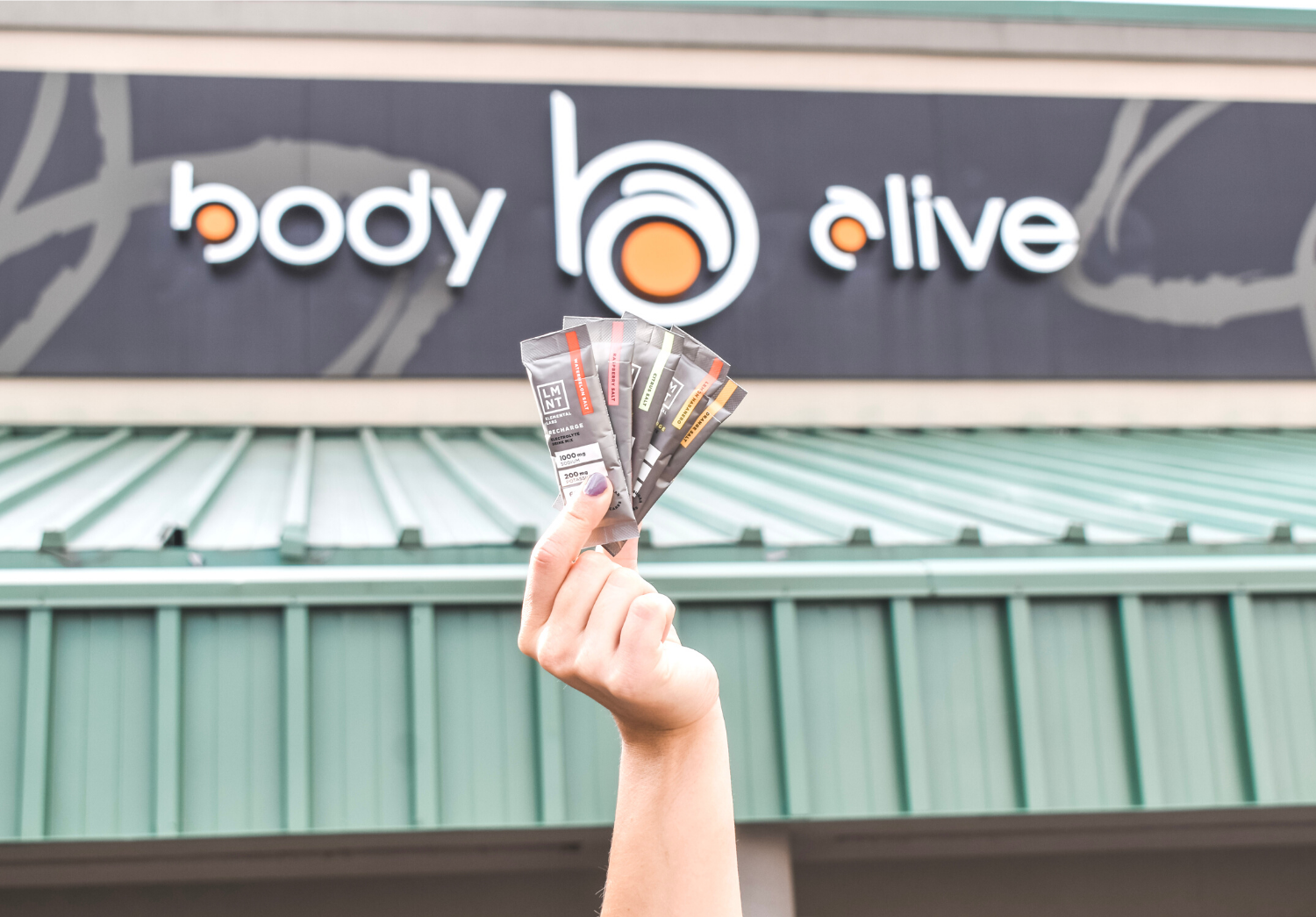Yoga originated centuries ago and has been evolving ever since. Recently, hot yoga is becoming more popular in the West.
Besides the various health benefits of traditional yoga, like flexibility, enhanced muscular endurance, and de-stress, hot yoga offers an intense workout that helps burn calories, reduce blood sugar, improves skin, and more.
Here’s where you’ll learn about the benefits of hot yoga.
What is Hot Yoga?
It is essentially yoga in a heat-controlled setup. The purpose of the hot room is to mimic the hot tubs or saunas, which offers a feeling of relaxation.
Further, the heat and humidity make it harder to practice yoga, increasing your heart rate and warming muscles.
In hot yoga, the temperature is set between 80 to 105°F (27 and 41°C). And it can involve various posses. The duration of each session varies from studio to studio.
Hot yoga is more fun with music and more interactive sessions.
What are the Hot Yoga Benefits?
Yoga involves certain poses and stretches that relaxes tightened muscles and release trigger points. The blood vessels start dilating in a heated environment, improving blood circulation in various tissues and muscles.
It is essential to perform hot yoga in the right way to get the maximum out of it. Here are a few benefits of hot yoga:
#1- Calories Burning
Heat can assist in burning more calories. Traditional yoga can burn around 183 calories per hour. One study found that yoga practices aid people in weight loss.
During a hot yoga session, the calorie burn can reach upto 330 for women and 460 for men.
A hot yoga workout will burn more calories than traditional yoga. The hot studio makes you sweat more.
Your body’s metabolism increases so do your blood circulation. Overall, your body and muscles are more engaged in hot yoga.
#2- Promote Flexibility
Stretching muscles in warm conditions enhance flexibility and achieve a greater range of motion. The heat makes soft tissues more relaxed and elastic.
The increased laxity allows your body to perform various poses and deep stretching more easily.
#3- Good For Depression
According to American Psychological Association, yoga and meditation are good for easing depression symptoms.
Wars can have adverse effects on a person. Veterans are more often have to fight depression after returning home.
A study in Military Medicine has shown how yoga improved depression and mood among veterans. Each session was a 60-minute long, and participants did yoga, meditation, and breathwork.
Another investigation in the Journal of Alternative and Complementary Medicine found that hot yoga effectively alleviated depression symptoms in middle-aged women.
#4- Improve Lung Capacity
Yoga focuses on various breathing techniques. With these breathing practices, your lungs can retain more air.
Having more oxygen in your bloodstream helps keep your lungs healthy and increases your lungs capacity, especially helpful for aged people.
One form of yoga known as Pranayama focuses on breathing. The thoracic, abdominal, and clavicular breathing in this exercise allows an increased oxygen intake.
#5- Builds Bone Mass
Women after menopause drop around 50% of bone mass. It is normal to have decreased bone density with age.
According to one study, women who practiced hot yoga for over five years had shown increased bone density in the neck, lower back, and hips. The heated environment reduced the effects of osteoporosis in women, which prevented bone loss.
#6- Stress Reduction
Stress is pretty common in Americans. Yoga is known for its effective role in stress reduction. And as such, it is quite popular among many people.
Hot yoga is becoming increasingly demanding in the USA, with most practitioners’ primary concern being stress reduction.
Yoga mediates the inward journey and helps deal with external factors that cause stress. The combination of heat and deep breathing relaxes the body and mind.
#7- Nourishes Skin
You may often have experienced a post-yoga glow due to increased sweating and blood flow to skin cells. The increased circulation provides nutrient-rich blood to the skin cells that nourish the skin.
Perspiration helps the skin produce more collagen, retain more moisture, and reduce wrinkles.
#8- Boosts Cardiovascular Health
The heat in hot yoga makes it a more challenging workout for your heart, lungs, and muscles. And as such, boosting your heart rate, respiration, and metabolism.
#9- Regulates Blood Glucose Levels
Most exercises are targeted at burning calories and reducing blood glucose levels. Hot yoga can be helpful specifically for people with type 2 diabetes.
It is a good practice to measure your sugar levels before and after the hot yoga class.
#10- Improve Body Strength
Yoga poses and stretches impart endurance and strength to your body. The warm environment increases the blood supply to the muscles giving them a fresh supply of nutrients and oxygen, helping build these muscles and heal them if they are injured.
#11- Imparts Balance
Hot yoga brings stillness and balance, as per one study. Strengthening lower limbs and imparting muscle control help improve balance significantly.
#12- Improve Sleep Quality
Sleep problems are on the rise these days. Most people are struggling to get recommended 7 hours of quality sleep.
When done several hours before bedtime, hot yoga can improve sleep at night. However, avoid hot yoga right before sleep, raising the heart rate.
#13- Improve Concentration
The breathing techniques used in hot yoga make practitioners focus on their breath. It makes you calm and improves concentration.
#14 Relieve Back Pain
Due to the increase in the sedentary lifestyle these days, back pain issues are pretty common. Prolonged sitting exerts stress on muscles in the lower back. The stiffness of muscles can be relieved with yoga stretches.
Hot yoga can heal muscles by increasing the blood supply to the affected areas.
#15 Low Impact Exercise
Low impact exercises are recommended to help in the recovery process. Hot yoga is considered low impact and is ideal for healing.
The poses in hot yoga don’t put much strain on the injured areas, engaging them gently and imparting flexibility to joints.
Avoiding Risks of Hot Yoga
Though hot is generally considered safe, some safety tips are followed while performing it. Some of the dangers of hot yoga are given below:
- Excessive sweating during hot yoga can result in dehydration. It is good to drink plenty of water during and after a hot yoga session.
- Avoid hot yoga if you have underlying health conditions, like diabetes, cardiovascular disease, arterial abnormalities, fainting, and anorexia nervosa.
- Pregnant women should go for hot yoga after talking with their healthcare providers.
- Skip the hot yoga if you have an issue with heat tolerance.
- During the hot yoga session, you may feel dizziness with low blood sugar or low blood pressure. Talk with your doctor to check if hot yoga is safe for you.
- If you feel nauseous, lightheaded, or dizzy, stop the yoga.
Is Hot Yoga For You?
Hot yoga offers a lot in terms of physical and mental health. However, not everyone can do a workout in a heated room with a temperature above 100°F along with humidity.
You can get over-exhausted because of sweating and heat, which may negatively affect your health.
If you have no issues with a hot and humid environment, we have discussed in detail the benefits of hot yoga. It is a low-impact exercise that relaxes your body and mind.
FAQs
What to Wear During Hot Yoga Session?
Wear clothing that can help you keep cool. It is suggested to wear moisture-wicking fabrics that are water-resistant with antimicrobial properties.
Avoid cotton fabrics as it absorbs moisture.
Go for lightweight clothing that can allow free movement.
How to Get Started with Hot Yoga?
Follow these steps before going to hot yoga class:
- Make sure to drink a lot of water
- Eat light meal
- Bring a yoga mat, water bottle, and a towel with you
- After the session, cover your body and don’t expose yourself to the cold
The Takeaway
The benefits of hot yoga are significant. It leads to flexibility, makes you feel relaxed, improves breathing, and more.
Before going for this exercise, make sure it is good for you. Talk to your healthcare provider. If everything is all settled, don’t forget to drink plenty of water before the session, as you will sweat a lot.





